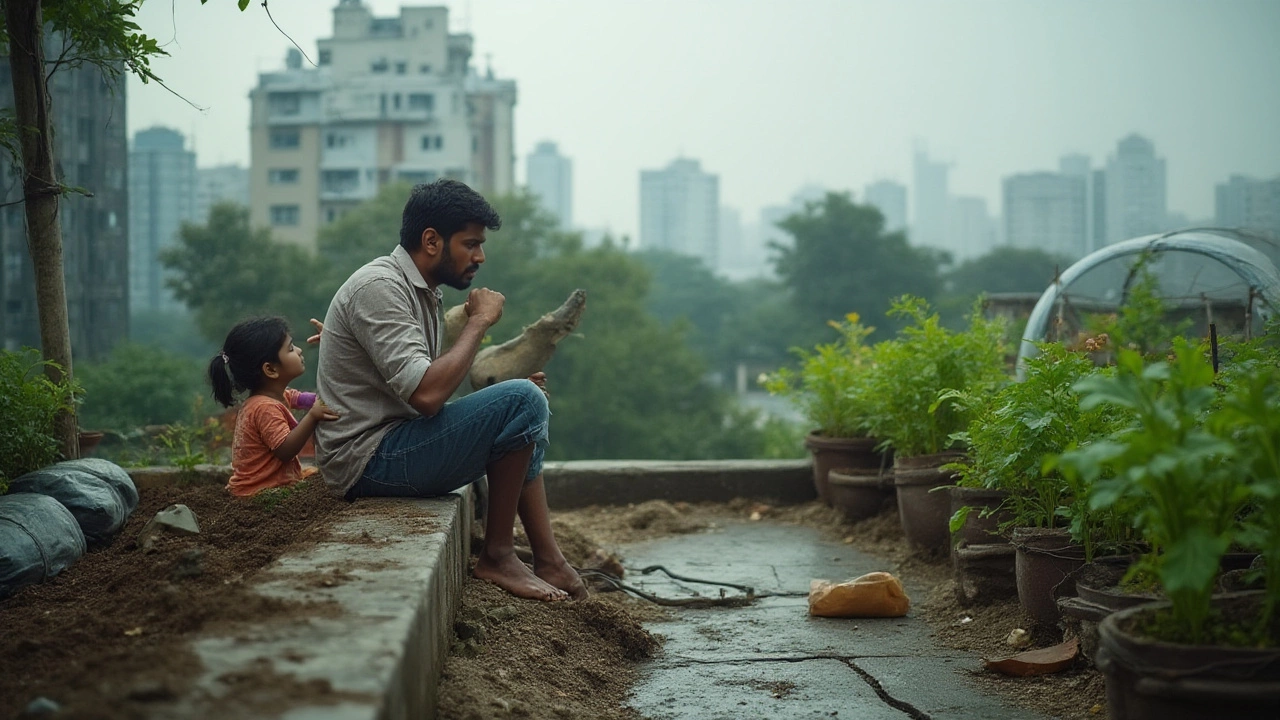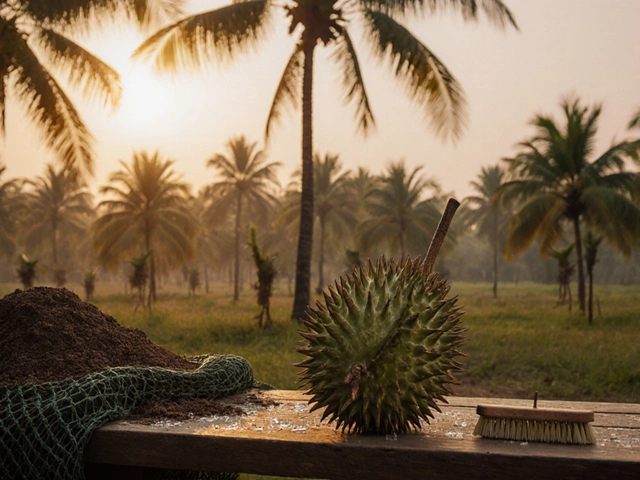Rooftop Gardening Risks: What Goes Wrong and How to Avoid It
When you start a rooftop garden, a garden built on top of a building, often used in urban areas to grow food or green space. Also known as terrace garden, it looks like a simple way to grow food in the city. But unless you know the hidden dangers, it can turn into a costly mistake. Many people think if it works on the ground, it’ll work on the roof. That’s where things go wrong.
The biggest risk isn’t pests or bad soil—it’s water damage, leaks caused by improper irrigation or poor waterproofing that can ruin building structures. A dripping irrigation line, a cracked planter, or even too much rain can seep through layers you didn’t think about. One leak can lead to mold, rotting ceilings, or worse—structural failure. Then there’s soil compaction, when dense, hard soil prevents roots from growing and water from draining properly. Rooftop soil gets packed down faster than ground soil because of weight and lack of natural aeration. And if you’re using heavy pots or stacking containers, you might be overloading your roof’s load limit. Most buildings aren’t built for tons of wet soil, especially older ones.
Drainage is another silent killer. Without proper drainage, water pools, roots rot, and plants die fast. You can’t just dump dirt in a box and call it a garden. You need layers—fabric, gravel, drainage mats. And you can’t ignore the sun. Rooftops get hotter than any ground garden. Plants that love partial shade on the ground will fry up there. Heat reflects off concrete and glass, turning your garden into an oven. That’s why plants like Vanda orchid, a high-maintenance tropical orchid that needs precise humidity and airflow fail so often—they weren’t meant for this kind of heat. Even your watering schedule needs to change. What works in a backyard won’t cut it when the sun bakes your roof for eight hours straight.
And don’t forget wind. Rooftops are exposed. Plants get battered. Pots tip over. Soil blows away. You need windbreaks, heavy containers, or anchored planters. Pest control gets harder too—birds, ants, and even rats can find their way up. And once they do, they’re harder to reach than in a ground garden.
But here’s the good news: every one of these risks has a fix. You don’t need to give up. You just need to know what to watch for. The posts below show real solutions—from how to test your roof’s weight capacity, to the exact drainage setup that works in Indian cities, to the soil mix that won’t turn to mud after one rain. You’ll see how to pick plants that survive the heat, how to install drip systems that won’t leak, and how to avoid the #1 mistake most rooftop gardeners make on day one. No fluff. No theory. Just what actually works.
Explore the hidden problems behind rooftop farming, including structural issues, costs, maintenance, and real-life urban challenges that surprise even enthusiasts.
Continue reading...





